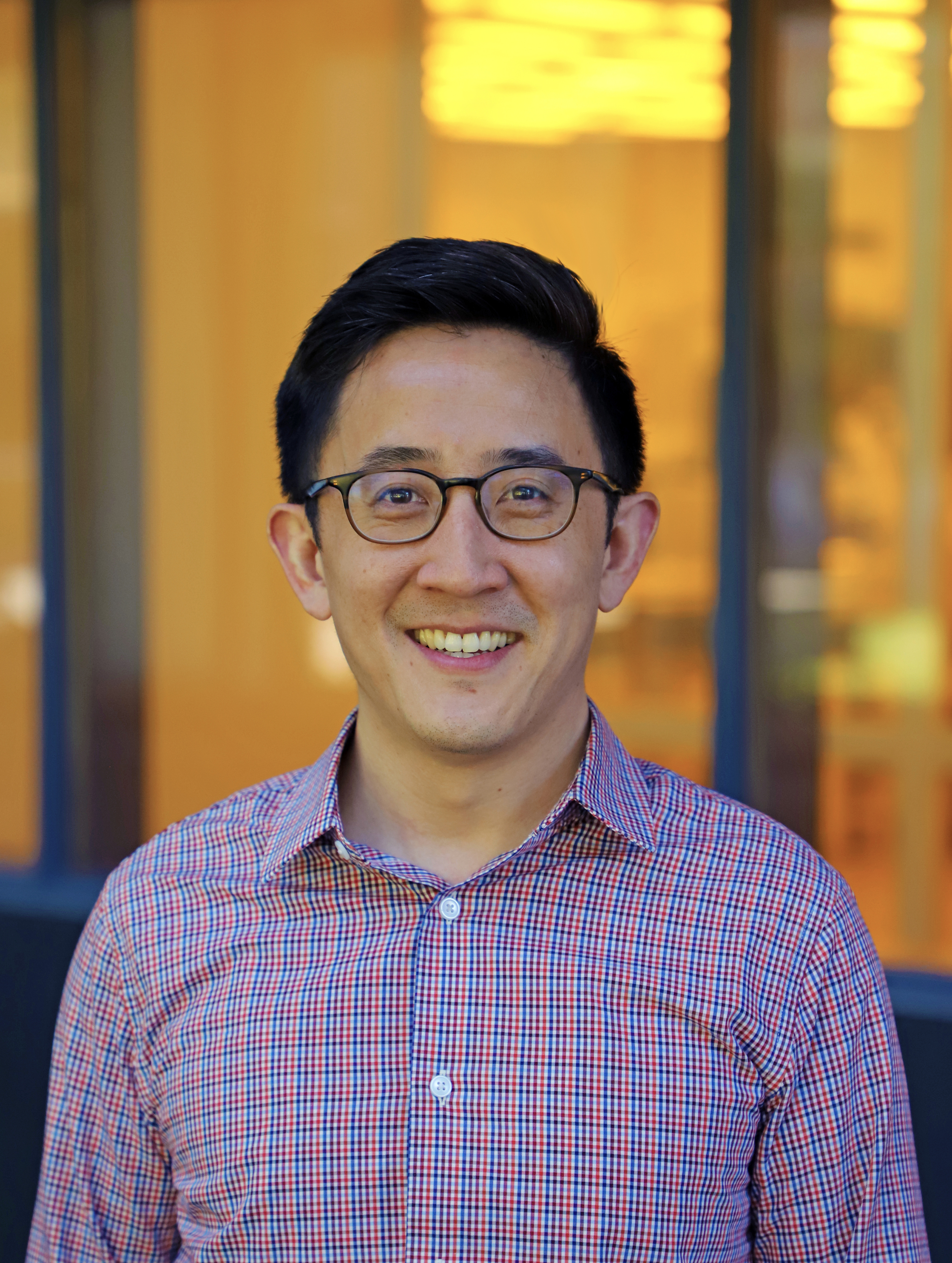BME researcher plans to engineer immune cells to become lifelong cancer sentinels
By Jerry Grillo
Some cancers have a long and deadly memory. Years or decades after the disease has been beaten into remission, cancer cells that weren’t killed by initial treatment may be lying dormant at metastatic sites, like the bone marrow, until they reawaken with malignant intent.
Gabe Kwong wants to build living sentinels to detect those dormant and potentially deadly disseminated tumor cells (DTCs) before the cancer can recur. It’s an ambitious and groundbreaking idea from a researcher whose lab has developed a reputation for innovative work, and it’s earned Kwong a 2022 Director’s Pioneer Award from the National Institutes of Health (NIH).
“I’m extremely humbled, and grateful for what this means for the lab,” said Kwong, associate professor in the Wallace H. Coulter Department of Biomedical Engineering at Georgia Tech and Emory University. “This is a peer-reviewed honor, and it tells us that the field recognizes that our work over the past 10 years has been impactful and worth investing in.”
The Pioneer Awards support highly creative researchers with potentially transformative ideas. The largest grant in the NIH’s High-Risk, High-Reward Research program, the award will provide Kwong $5.5 million over the next five years. This is the first time a Georgia Tech or Emory research has received funding through the program. And it’s Kwong’s second high-risk project funded: He won the NIH Director’s New Innovator Award for early career scientists in 2016.
According to the NIH, proposed pioneering work must be high-impact and “reflect ideas that are substantially different” from the researcher’s current program. Kwong’s lab has been focused on engineering synthetic sensors until now. With this project, he’s shifting to reengineering living cells.
“For years, we’ve been designing ultra-sensitive sensors to detect cancer or the response to immunotherapy drugs. They function as sentinels and report on sites of disease by producing a signal that can be detected from a biofluid such as urine,” he said. “They’ve been inorganic probes that don’t have a memory or know how to think. Our goal is to develop a living sensor — immune cells that can traffic through the body and act as a long-lived pool of sentinels.”
Kwong is driven by the potential threat of cancer dormancy. Many cells leave the primary tumor and enter the body’s circulation. Called circulation tumor cells, or CTCs, they are typically short-lived and don’t lead to metastasis. Sometimes, however, a few of these cells may find their way to a distant organ and hide there, despite seemingly successful cancer treatment. These cells can wait for years, or even decades, before reawakening. So, patients with no evidence of disease could harbor dormant cancer and remain at risk of metastatic relapse for the rest of their lives.
“Currently, there is no good way to monitor these dormant cells or their reawakening,” Kwong said. “But we are living in an entirely new era of medicine and cancer immunotherapy where we can design T cells as living medicines. We see this as an opportunity to not only build a future where immune cells are engineered as therapies, but also as living sensors.”
The idea is to use the same T cells that are grafted into a patient as cancer-fighters as lifelong sensors that are continuously on the lookout for future disease.
“Once we figure out how to engineer these cells, we’ll likely transition to a phase where we’re talking more about earlier detection and preventative medicine,” Kwong said. “Our new drugs are already working much, much better than before. Imagine if we can keep the cancer from coming back for years and years and intervene at the earliest stages of recurrence. That’s the high reward.”
Latest BME News
Jo honored for his impact on science and mentorship
The department rises to the top in biomedical engineering programs for undergraduate education.
Commercialization program in Coulter BME announces project teams who will receive support to get their research to market.
Courses in the Wallace H. Coulter Department of Biomedical Engineering are being reformatted to incorporate AI and machine learning so students are prepared for a data-driven biotech sector.
Influenced by her mother's journey in engineering, Sriya Surapaneni hopes to inspire other young women in the field.
Coulter BME Professor Earns Tenure, Eyes Future of Innovation in Health and Medicine
The grant will fund the development of cutting-edge technology that could detect colorectal cancer through a simple breath test
The surgical support device landed Coulter BME its 4th consecutive win for the College of Engineering competition.








